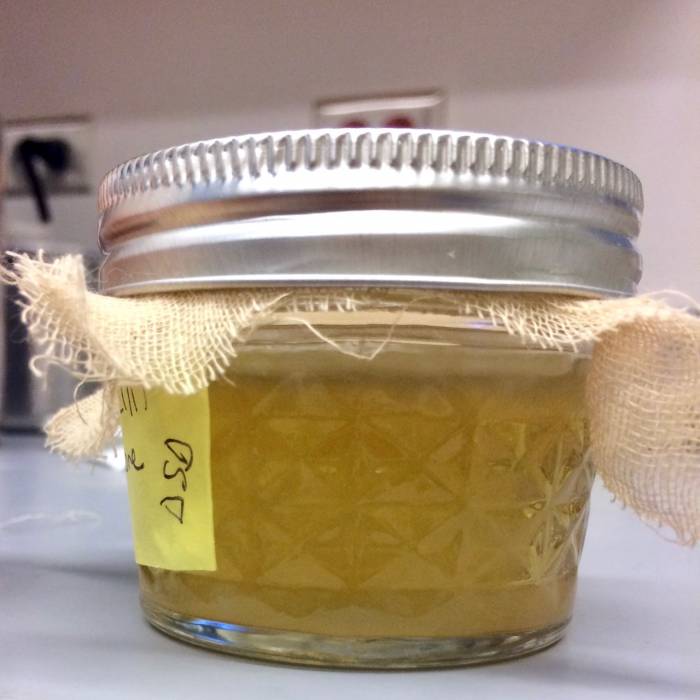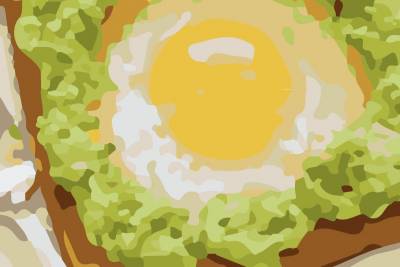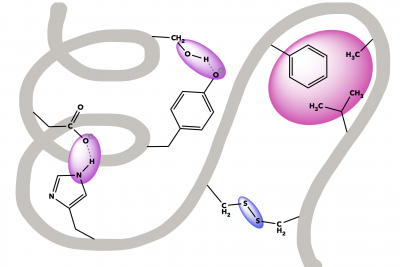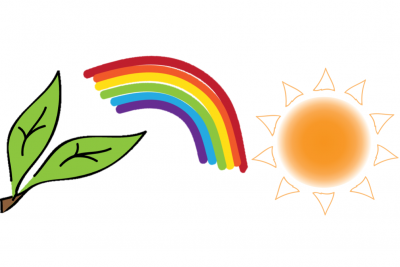Kombucha as a Model for Fermentation
Kombucha is a fermented tea beverage that is a simple, accessible fermentation system. With some tea, sugar, and a little bit of an active kombucha culture, you too can conduct your own fermentation experiments in your kitchen, classroom, or laboratory space.
Kombucha, which comes from Japan, is possibly completely misnamed as kombucha refers to tea from kombu (kelp) rather than a fermented tea beverage (which has another name in Japanese)—nevertheless it stuck, and seems to be here to stay. The kombucha live ferment also goes by several names: SCOBY (symbiotic colony/culture of bacteria and yeast), mushroom, or mother among them.
Kombucha seems prone to variation as the specific fermentation culture and resulting beverage properties can be highly variable as well. Kombucha is made from tea (green or black) and sugar (often refined table sugar, but other sugar sources such as maple sugar/syrup can be used so long as they still provide glucose and fructose to the culture) mixed with a small amount of active culture (pellicle disc and/or liquid culture). This is left to ferment for about two weeks, after which time it can be moved to a bottle, mixed with added sugar and flavor sources, and sealed in order to carbonate the final beverage over the course of another week or two.

Kombucha in a jar. The pellicle is the white layer near the top
Kombucha cultures vary in physical appearance and DNA analysis of the microbes present suggests variation in genera and species between different cultures. The yeast component is mostly Zygosaccharomyces—a wild yeast that tolerates high concentrations of alcohol, low pH, and other often-limiting environmental conditions—and this seems to be mostly stable between different cultures. The bacterial component shows more variation, including representation from Acetobacter and Gluconacetobacter—to turn ethanol into acetic acid (giving the sour, vinegar flavor)—as well as Lactobacillus—lactic acid-producing bacteria—in some instances. These are all genera and the specific species present definitely vary between cultures. It is not yet clear how dependent particular species are on one another and is the subject of current laboratory research.
The yeast is responsible for turning the initial sugar into ethanol and carbon dioxide, while the bacteria turn the ethanol into acetic acid. Initial studies suggest that the yeast is responsible for colony formation, while the bacteria secretes the cellulose matrix to produce the microbial mat or biofilm (often referred to as the pellicle) that keeps the organisms organized and floating at the surface of of the fermenting tea.
Beyond the biological relationships at play, engineers and artists have become interested in kombucha pellicles (more officially: microbial cellulose) for their materials properties. Cellulose is being explored as a biological scaffold, such as for tissue engineering and wound healing, as well as for clothing, where some have referred to it as ‘vegan leather.’
















